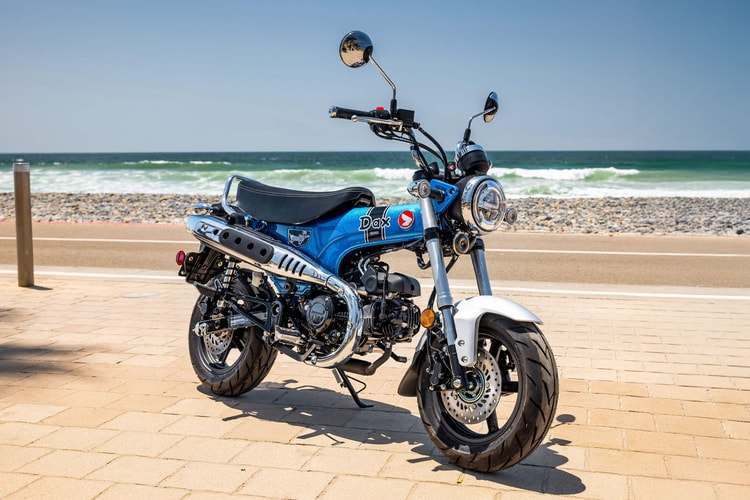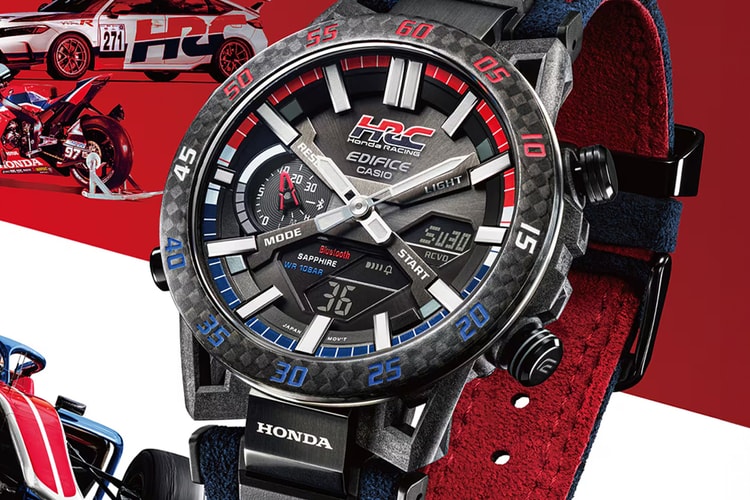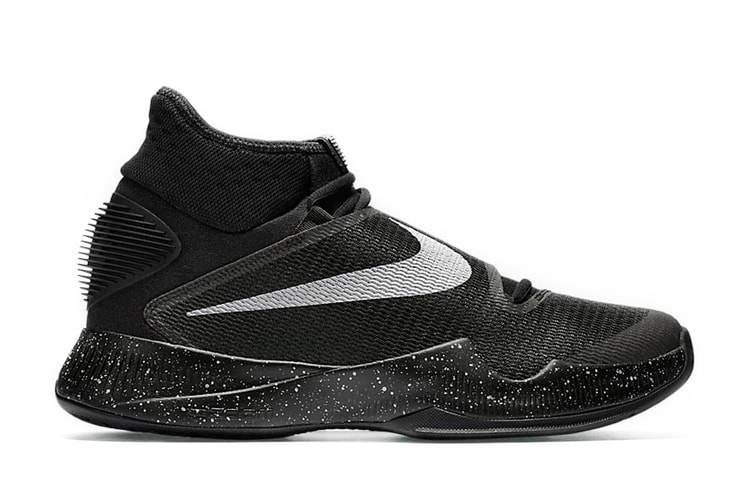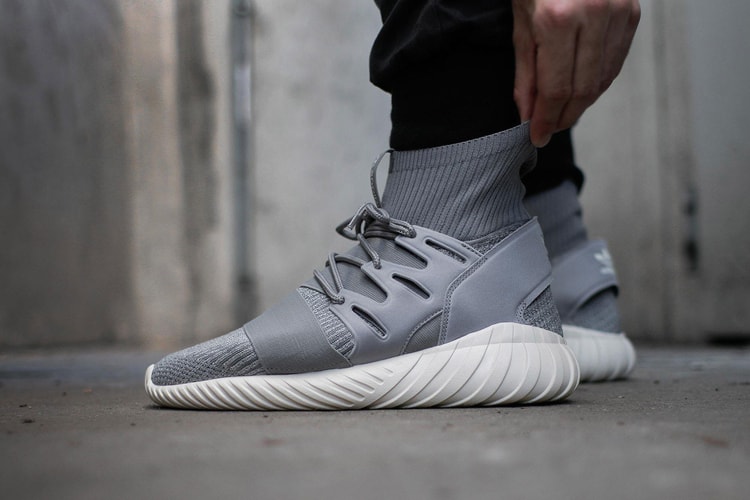The History of the Honda CB750
Gear Patrol takes a look back at a trend-setting design.

If you’re into motorcycles, you’re undoubtedly familiar with Honda’s CB750 and its influence on two-wheeled design. Before 1969, however, there was nothing like it on the market. Long the badass’s vehicle of choice, motorcycles were — perhaps surprisingly — not particularly popular in the years leading up to and following World War II; in fact, only about 600,000 motorcycles were registered in the entire United States prior to 1960. And almost all of those registered bikes were Harleys and Indians (and a smattering of British imprints like Triumph). Thus — given their association with gangs and rebellion — there was a natural void left by the slow, lumbering, expensive bikes of the era. Enter Honda.
Starting around 1959, Honda began establishing itself as a contender in the motorcycle world — and the antithesis to Harley-Davidson and the like thanks to its infamous “You Meet the Nicest People on a Honda” campaign. Just six years later, motorcycle registration in America had increased to 1.4 million while Honda would have 60% of the market in the country by 1966. Given its reputation for small, low-powered designs, however, Honda followed up the success of its iconic Super Cub and Black Bomber with the perfect bike for those looking for all-around performance, style, and affordability: the CB750. And the rest is history.
For an in-depth look at the CB750, its timeless appeal, and the countless imitators it spawned, head on over to Gear Patrol.
















